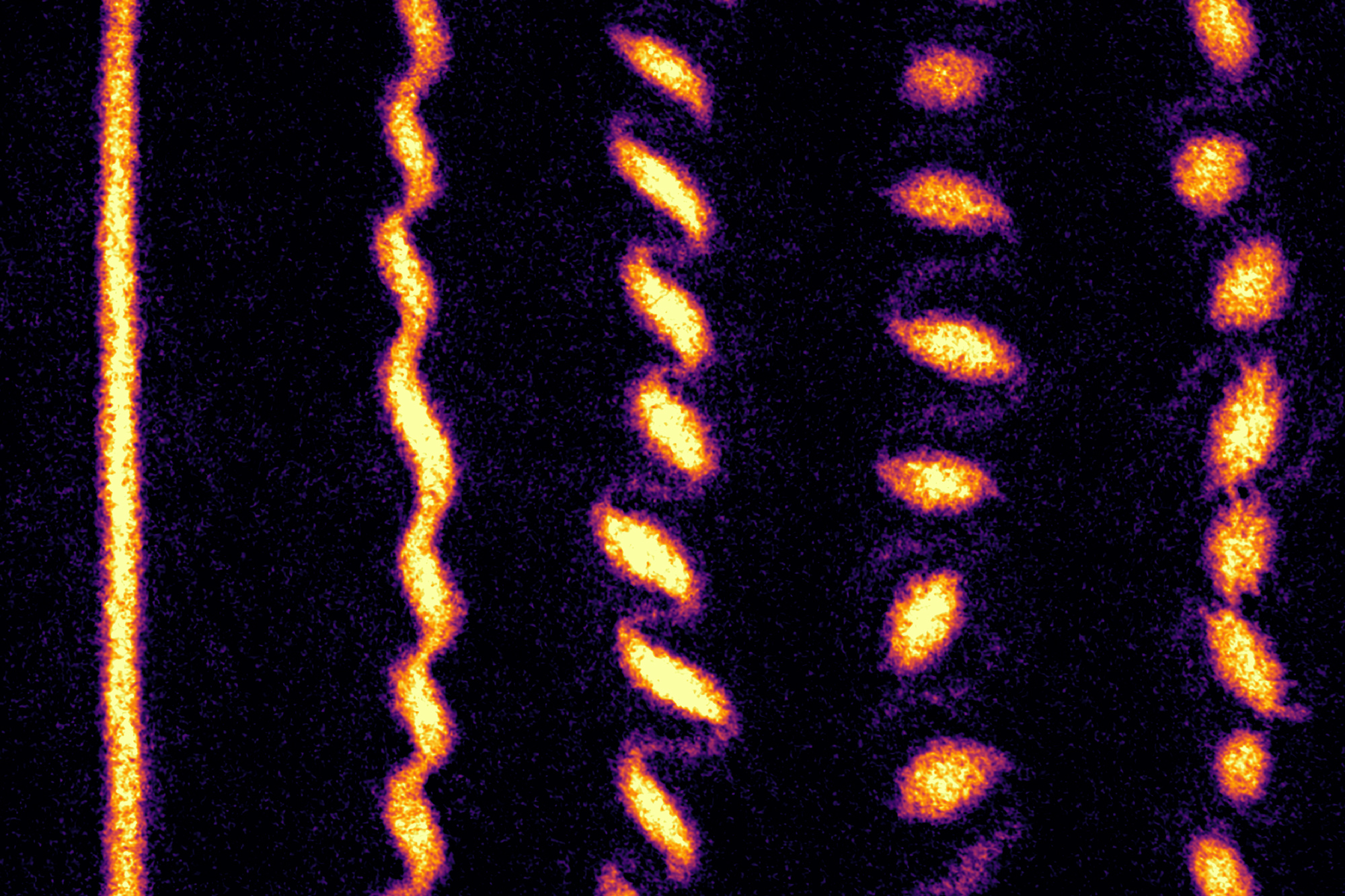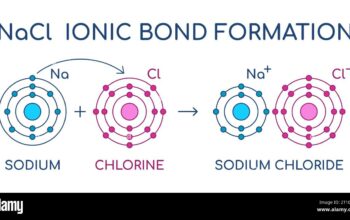In the realm of quantum mechanics, the concept of ultracold atoms has become a burgeoning area of research, highlighting the extraordinary behavior of matter under extreme conditions. The engagement of these atoms has opened a myriad of avenues for exploration, particularly in their ability to exhibit collective phenomena through coherent quantum states. This article delves into the intricate dynamics of an ultracold quartet—specifically, four atoms interacting in such a way that they produce remarkable quantum performance. This exploration is critical in shedding light on novel phases of matter, quantum entanglement, and potentially revolutionary applications in quantum computing and information science.
To comprehend the significance of an ultracold quartet, one must first understand the foundational attributes of ultracold atoms. Typically, temperatures near absolute zero are achieved through laser cooling and evaporative cooling techniques. At these temperatures, the thermal motion of atoms is severely curtailed, resulting in a regime where quantum effects become pronounced. Consequently, phenomena such as Bose-Einstein condensation and Fermi degeneracy emerge, revealing a tapestry of collective behaviors.
Among the myriad of configurations possible, the pairing of four ultracold atoms evokes particular interest due to the rich tapestry of distinguished interactions. This quartet can be considered as a coherent assembly, exhibiting both individual and collective quantum states. The interactions among these atoms can be complex, involving myriad atomic states and configurations. Hence, understanding the interatomic potentials at play becomes essential. In particular, the short-range interactions may govern the formation of bound states, while long-range interactions contribute to the global coherence of the quartets.
When investigating the quantum dynamics of four ultracold atoms, one encounters phenomena such as quantum entanglement and superposition. Entangled states emerge as a hallmark of quantum mechanics, whereby the states of individual atoms become interdependent, posing correlations that are not attributable merely to classical physics. In an ultracold quartet, the entangled states may be sensitive to small changes in the environment, allowing for the exploration of quantum sensitivity and quantum state engineering within a well-defined framework.
Moreover, the notion of superposition plays a vital role in characterizing the behavior of the quartet. The atoms simultaneously occupy multiple quantum states, leading to a diversity of potential outcomes upon measurement. This multiplicity of states effectively allows for the realization of quantum interference effects, which can be harnessed in various quantum technologies, including quantum cryptography and quantum computing algorithms. The collaborative behavior of the quartet could further give rise to exotic phenomena such as quantum phase transitions, where the system transitions between different quantum states as a function of external parameters, like magnetic fields or participant interactions.
Interestingly, the ultracold quartet can serve as a model system for investigating the broader implications of quantum systems in condensed matter physics. For instance, this configuration enables researchers to scrutinize the effects of quantum fluctuations, many-body interactions, and the propagation of excitations through the ensemble. These aspects are crucial in elucidating the principles governing various quantum materials and their corresponding phases. Phase diagrams constructed from understanding the quartet’s behavior might provide insights into the formation and stability of novel quantum phases, including topological states which have implications for fault-tolerant quantum computation.
The ultracold quartet also elicits curiosity within the domain of quantum dynamics. The repertoire of quantum trajectories followed by the atoms evolves over time, uncovering the underlying symmetry properties of the ensemble. This evolution is characterized by rich and often non-intuitive behaviors, such as revivals and collapse phenomena. The temporal salience of such dynamics attempts to scaffold quantum information protocols, where states need to be preserved against dissipation—a ubiquitous challenge in contemporary quantum technology.
As an extension of these theoretical paradigms, practical realizations of ultracold quartets have been achieved using ultracold atomic gases, such as rubidium or lithium atoms. Experimental apparatuses employing optical lattices have facilitated the confinement of atoms and the tuning of interatomic interactions, enabling the detailed study of their dynamics. Advances in detection techniques, including high-resolution imaging and atom interferometry, are vital for probing the internal and external observables of these quantum systems, thereby enriching our understanding of the four-atom interplay.
Furthermore, the implications of ultracold quartets transcend mere academic curiosity. Technological applications of such systems are manifold, particularly in quantum sensing, where ultracold atomic ensembles serve as highly sensitive probes for measurements in fields ranging from fundamental physics to geophysics. The capabilities imparted by the collective properties of ultracold quartets promise groundbreaking advancements in the realms of precision measurement and quantum-enhanced technologies.
In conclusion, the ultracold quartet represents a fascinating synthesis of quantum mechanics and condensed matter physics, proffering profound insights into the nature of atomic interactions, entanglement, and coherent states. The exploration of four atoms in a quantum performance elucidates the principles of many-body physics, unraveling the complexities that define modern quantum systems. As research in this area continues to thrive, the ultracold quartet remains a poignant symbol of the burgeoning intersection between theoretical paradigms and experimental innovation, setting the stage for future breakthroughs in quantum science and technology.












